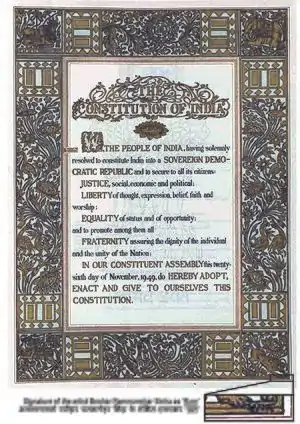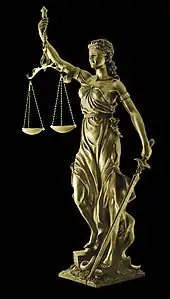Discover Wikipedia using portals
-
 List of all portals
List of all portals -

-

-

-

-

-

-

-

-

-
 Random portal
Random portal -
 WikiProject Portals
WikiProject Portals
This article is issued from Wikipedia. The text is licensed under Creative Commons - Attribution - Sharealike. Additional terms may apply for the media files.



.jpg.webp)
.jpg.webp)
.JPG.webp)




.png.webp)





_by_English_School.png.webp)







_Aristide_-_Francesco_Hayez_-_gallerie_Accademia_Venice.jpg.webp)




